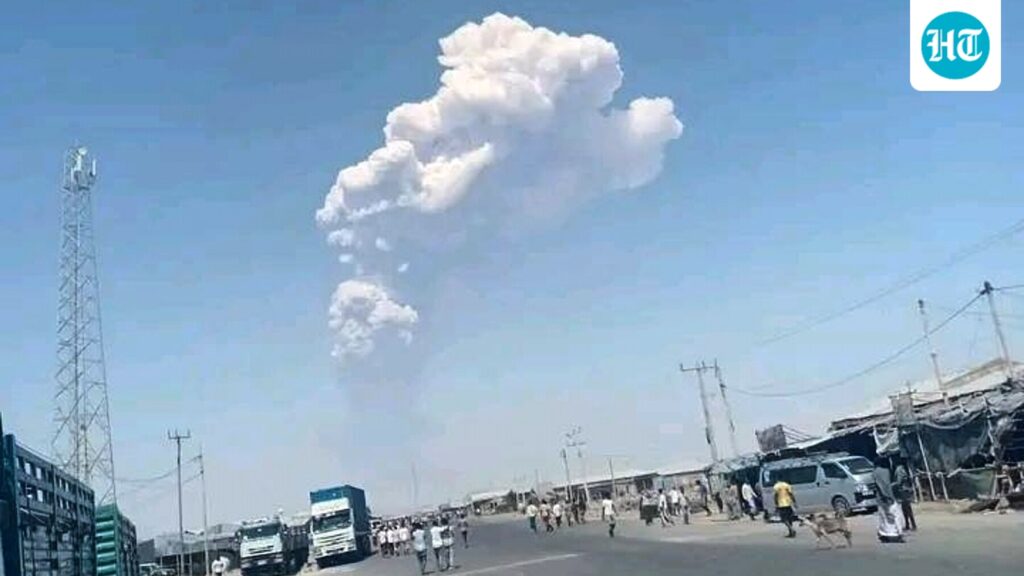
A senior official informed the Emirati newspaper Emarat Al Youm on Monday that sections of Yemen and Oman could be affected by sulfur dioxide gas and volcanic ash from Ethiopia’s Haile Gobi eruption in the next few days.
Ethiopia’s long-dormant volcano, Hayli Gubbi, is situated in the Erta Ale Range. For the first time in 10,000 years, the volcano erupted, sending towering columns of ash drifting across the Red Sea in the direction of Yemen and Oman.
According to scientists, the eruption represents one of the most remarkable volcanic awakenings in the history of the area. Aviation officials were alerted to the ash cloud despite its distance from the ground. The plume reached heights of about 20,000 feet as it extended over Yemen and Oman.
The environment authority tracks pollution concentrations continuously, around-the-clock, using 68 monitoring sites spread throughout Oman, including 8 stations in Dhofar and 5 in Al Wusta. Additionally, it indicates that there are no signs that volcanic emissions have impacted the country’s air quality and that no increases in pollutant concentrations have been observed thus far.
According to the government, the “Naqi” portal for air quality monitoring allows the public to track the air quality index in real time. The statement stated that relevant authorities will keep an eye on the situation and will make any required announcements.
Also Read:
Homa Heybati: Breaking Barriers in the Renewable Energy and Finance Landscape
Nicolas Baerfuss: A Digital Space for Development and Well-being






